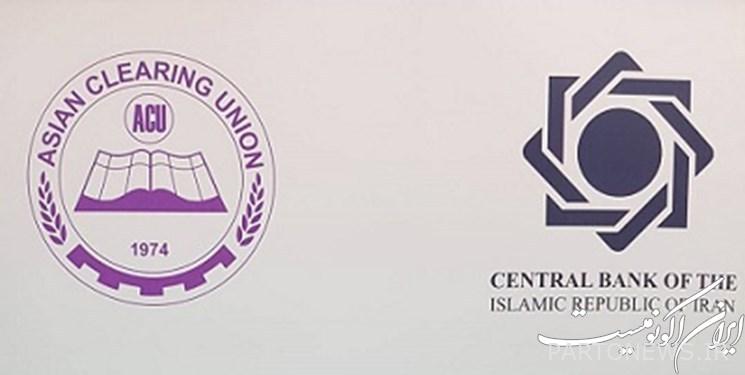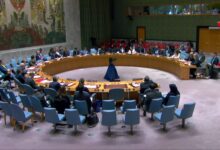Reducing the dependence of member countries of the Asian Exchange Union on the dollar by approving and implementing Iran’s innovative plans

According to Iran Economist, citing public relations central bankFarhad Mursali, Secretary General of the Asian Trade Union, stated that this union has a long history, and said: The Asian Trade Union was formed in 1974. At that time, the Bretton Woods agreement, which was formed to internationalize the dollar and designate it as the global reserve currency, was in trouble, and as a result, several unions were formed in Africa, South America, and Asia to use local currencies in commercial and banking transactions. .
This Central Bank official stated: This union was established by the initiative of Iran and its permanent secretariat also operates in Iran. Since its establishment until one year ago, the activities of this union were carried out in the same old way. Since last year, we have proposed that the local currencies of the members and some non-international currencies such as the Russian ruble, the Chinese yuan, or the UAE dirham be added to the Union basket so that the member countries can use these currencies to settle their commercial and banking transactions and depend on They are reduced to dollars.
Stating that this issue is going to be approved on Wednesday at the meeting of the board of directors of the Asian Exchange Union, Morsali continued: Another issue that is going to be raised in tomorrow’s meeting is the discussion of forming a common central bank digital currency (CBDC) among the members of the union. It is worth mentioning that this idea has also been proposed by Iran’s initiative so that the member countries can facilitate their banking relations with each other and use less of their foreign exchange reserves for settlements.
The Secretary General of the Asian Trade Union said about the presence of non-member countries in the Tehran meeting of this union: In addition to the member countries, Russia, Belarus, Afghanistan and the Islamic Development Bank will also attend the meeting tomorrow. Also, a number of non-member countries will also connect to this meeting online, including the Central Bank of Mauritius from the African continent.
In response to the question, why do non-Asian countries participate in the meeting of this Asian Union? He said: The Asian Exchange Union has been recruiting members for nearly 20 years, and so far the number of its members has reached 9 countries, and 2 more countries are going to join this union. Its statute has been approved by the United Nations and it is considered a subset of it. Therefore, there is no obstacle for the membership of non-Asian countries, although this has not happened yet.
At the end of his speech, Mursali explained about the effects and results of holding this meeting: The financial system of the world is currently being exposed. The presence of the dollar in the foreign exchange reserves of the countries of the world has decreased and is less than 70%. The countries of the world have gradually moved to trade with their own local currencies. For example, BRICS member countries are looking to create a common currency.
He added: “Perhaps the effects and results of this meeting will not be clearly defined in the coming days and weeks, but considering the changes that are taking place in the world financial system, it will definitely have positive effects on Iran’s economy.” It should be noted that this union makes settlements both bilaterally and multilaterally; For example, if we have a surplus of rupees in India and Russia needs rupees in India, we can help each other. These are among the benefits and positive effects that the Asian Clearing Union will have for our business and banking system.

The meeting of the Asian Exchange Union will be held on Wednesday, June 3, 1402, in Tehran to discuss, review and approve the strategies of de-dollarization of the economy of the member countries.
end of message/

